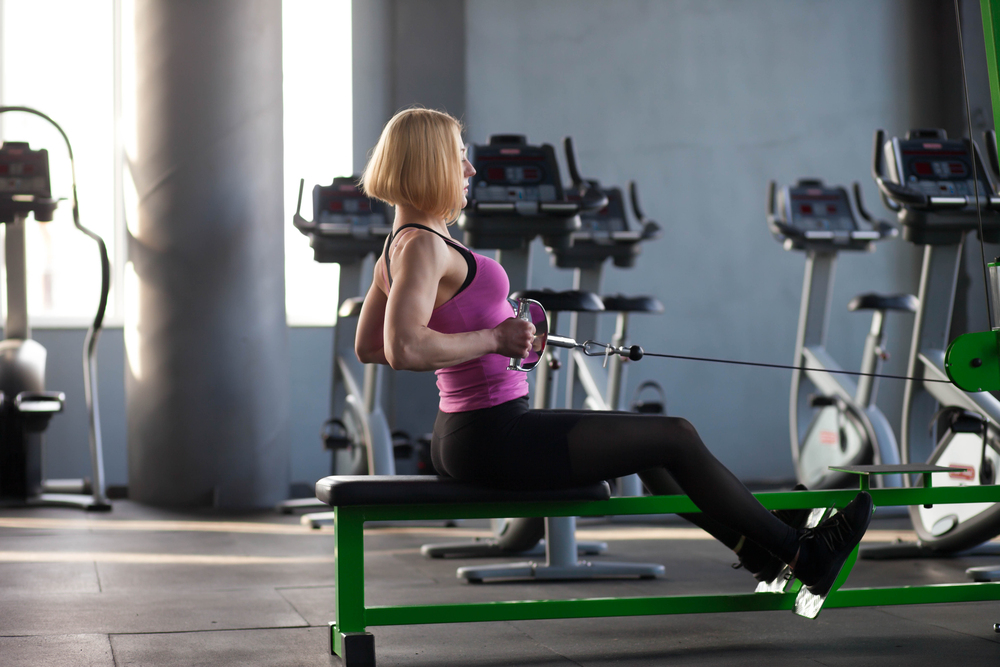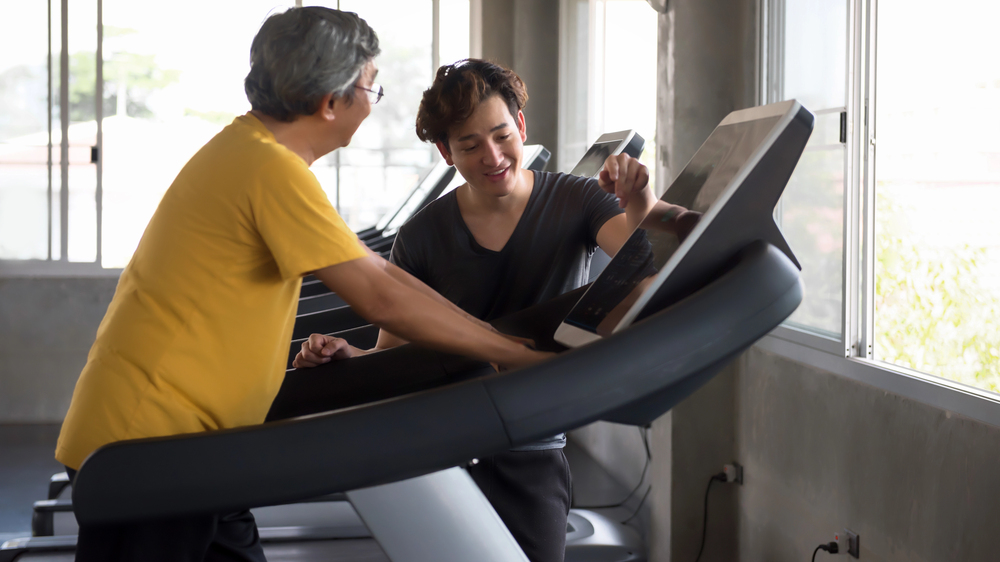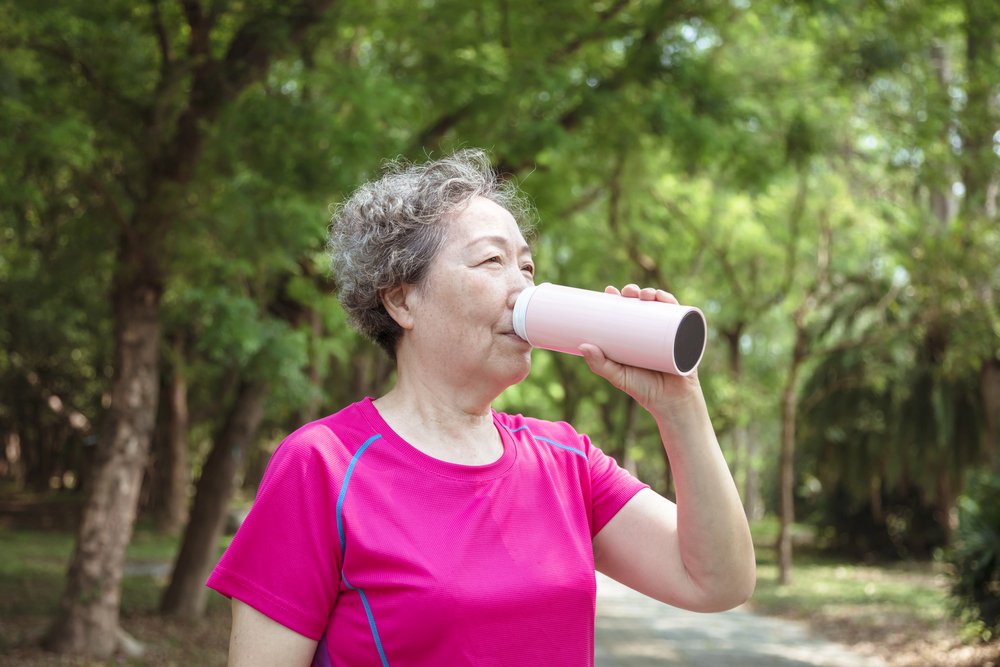
Did you know you begin losing muscle mass as young as your 30s? It’s a wake-up call that even the most busy adults often underestimate. But here’s the best part: with proper habits, you can not only arrest this process you can actually flourish, remaining strong and active for decades to come.
Double-board-certified orthopedic surgeon and author of “Fitness After 40,” Dr. Vonda Wright designates ages 35 to 45 as the “critical decade” for establishing the groundwork for a lifetime of strength. She’s not the only one, however top research and nutrition authorities concur that what you do today can pay dividends down the line when you’re older. Up for some science-grounded, completely achievable habits that will make you stronger, keep your bones in good health, and get you moving? Here’s what the experts say.

1. Prioritize Strength Training It’s Your Anti-Aging Secret Weapon
Dr. Wright is a huge strength-training advocate, particularly as you enter your 40s and beyond. She says, “Let’s gain as much muscle as we can because from that, we will then live longer and be stronger and develop better bones.” And the science agrees: one big study determined that older adults who strength trained at least two times a week had 46 percent lower chances of death for any cause than those who didn’t (older adults who strength trained at least two times a week had 46 percent lower chances of death).
The National Strength & Conditioning Association recommends an individualized, periodized approach think 2–3 sets of 1–2 multi-joint exercises per major muscle group, at 70–85% of your one-rep max, 2–3 times per week (properly designed resistance training program). Not only does this counteract muscle loss (sarcopenia), but it also boosts mobility, independence, and even mood. If you’re new to lifting, consider working with a trainer to nail your form and build confidence.

2. Consume More Protein And Don’t Underestimate Vitamin D
Muscle is not just built in the gym but also in the kitchen. Dr. Wright and leading nutrition scientists suggest a goal of at least 1.0–1.2 grams of protein per kilogram of body weight per day (optimal dietary protein consumption of 1.0-1.2g/kg body weight/d). The Framingham Study discovered that individuals in the lowest quartile of protein consumption had much lower muscle mass and strength than individuals with higher consumption (overall protein consumption was positively correlated with muscle mass and strength).
Vitamin D is equally important it aids your body to absorb calcium and preserve muscle function. The PROVIDE study showed that older adults with both sufficient vitamin D and protein intake gained more muscle mass from nutrition interventions (sufficient baseline levels of 25(OH)D and protein intake may be required to increase muscle mass). If you’re not getting enough sun, consider a supplement (aim for 800 IU/day) and load up on foods like eggs, oily fish, and fortified dairy.

3. Take Microbreaks Move Every 45 Minutes
Long desk hours can quietly drain your energy. Dr. Wright cautions that too much sitting creates an “incredibly weak” musculoskeletal system and is associated with premature death. One recent study discovered that women who sat for more than 11.6 hours daily were 57% more likely to die from any cause (women who sat 11.6 hours or more a day were 57% more likely to die).
The solution? Put a reminder on your phone to stand up every 45 minutes and complete 10 wall squats, chair squats, or prisoner squats. These micro-movements are “really amazing for maintaining musculoskeletal health,” says Dr. Wright. Added bonus: they give your attention and energy a boost, too.

4. Introduce Power and Functional Training to Build Real-Life Strength
It’s not about how heavy you can lift how you move is important. Adding in power exercises (quick, controlled movements such as explosive squats or push presses) at moderate intensity (40–60% of your maximum) has been found to enhance ability to perform activities of daily living and prevent falls (explosive resistance training was superior to traditional resistance training for enhancing lower-body muscular power).
Functional exercise such as step-ups, balance exercises, or grocery shopping imitates daily motion and increases coordination. These exercises keep you agile, decrease the risk of injury, and maintain your independence for longer. The best news? You can modify these exercises to suit your fitness level and requirements.

5. Blend Resistance Training with Cardio for Optimal Effects
Strength training is a powerhouse, but adding it to cardio (such as brisk walking, cycling, or swimming) adds more. Research indicates that a combination of strength and endurance training 2–3 times weekly can maximize both muscle and cardiovascular health (concurrent training protocols must be done 2–3 times weekly).
Just keep in mind: if you’re doing both in a single session, do the weights first and then cardio to maximize strength gains. This balanced training helps maintain muscle, increase metabolism, and have your heart in peak condition as you age.

6. Don’t Fear Heavy Lifting It’s Safe and Effective When Done Right
There is a fallacy that heavy weights are dangerous for older adults, but studies recently conducted indicate that with proper technique and progression, heavy strength training is safe and very effective (heavy strength training is safe and very effective). Indeed, older adults can experience the same strength gain as youths when training is individualized to their requirements.
Warm up always, prioritize form, and go slow. If you have health issues, go get checked out and train with a savvy coach. The dividend? More muscle, denser bones, and a decreased risk of chronic disease.

7. Adjust Your Program as You Age Individualization Is the Key
No two bodies are identical, particularly when we get older. The ideal strength plans are customized, considering your goals, medical background, and lifestyle. Specialists suggest varying exercise selection, intensity, and volume depending on how you feel and what you require (resistance training programs for older adults must adhere to the principles of individualization, periodization, and progression).
This includes paying attention to your body, acknowledging progress, and being willing to adapt. With joint pain, recovering from an injury requires a safe and effective approach to continue getting stronger.

8. Get Social Group Training Boosts Motivation and Results
Strength in numbers isn’t a cliché it’s a fact. Research has established that social support can be used to overcome resistance to exercise and enhance compliance, particularly for older adults (reported obstacles to resistance exercise participation among older adults include safety concerns, fear, health issues, pain, tiredness, and absence of social support).
Whether it’s a group fitness class, a walking partner, or an online community, having someone to share the experience with makes exercise more enjoyable and helps you stay on track. And besides, the shared experience can boost your mood and assist with creating long-term healthy habits.

9. Honor the Mental and Emotional Gains
Muscle building isn’t only about health and appearance or functional movement it’s a huge mood enhancer. Resistance training has also been found to lessen depression and anxiety, enhance sleep, and improve life quality (resistance training done 2–3 times per week at moderate to high intensity yields a range of desirable mood and psychosocial effects).
The self-assurance that results from feeling strong and able overflows into all areas of life. So don’t just exercise your body exercise your mind and spirit, as well.
Remaining healthy and active as you get older isn’t about striving for perfection it’s about creating habits that support your body and mind over the long term. By integrating intelligent training, diet, and self-care, you can expect to enjoy decades of vitality, independence, and energy. The best time to begin? Now. Your future self will appreciate it.


